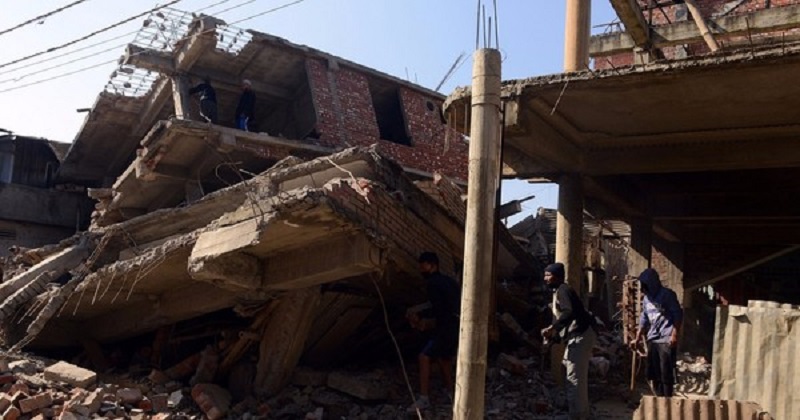
Several earthquakes have struck north India in the last week, with tremors measuring 5.3 magnitudes in Bikaner and 4.0 in Hyderabad. New seismic mapping shows that 59 percent of the country is prone to earthquakes of different intensities. Dr. Jitendra Singh, Minister of Earth Science, presented the information in Lok Sabha. In a written response, the minister said the country’s total area is divided into four seismic zones based on its seismic zoning map.

As far as seismic activity is concerned, zone V is the most active, while zone II is the least active. Nearly 11 percent of the country lies in zone V, 18 percent in zone IV, 30 percent in zone III and the rest in zone II. Based on historical seismicity and ground motion of earthquakes, these seismic zones are classified using the empirical seismic attenuation law.
To detect these tremors under the surface, the National Centre for Seismology maintains a National Seismological Network (NSN) consisting of 115 observatories across the country, which is communicated to the disaster authorities for planning and disaster relief. According to the government, 965 earthquakes of magnitude 3 or above were recorded in 2020, with 13 of them occurring in or near the National Capital Region.

Below are the most seismically active cities:
The cities that come in the most active zone V include Bhuj, Darbhanga, Guwahati, Tezpur, Srinagar, Sadiya, Port Blair, Mandi, Kohima, and Jorhat. While those in zone IV are Almora, Jalpaiguri, Kolkata, Ludhiana, Monghyr, Moradabad, Patna, Parganas, Pilibhit, Shimla, Roorkee, Ambala, Amritsar, Bahraich, Barauni, Bulandshahr, Chandigarh, Darjeeling, Dehradun, Deoria, Delhi, Dinajpur, Ghaziabad, Gangtok, and Gorakhpur.
Read more: Offred money & job: Hindu man forcefully converted to Islam
According to Harsh Vardhan, Minister of Earth Sciences, NCS has initiated magnetotelluric geophysical surveys, interpretations of satellite imagery and geological field tests in Delhi and its surroundings in collaboration with IIT Kanpur to locate and characterize the major earthquake sources.
To incorporate the data into better urban planning, the centre is also considering seismic microzonation in cities in India with a population of 5 lakh. Developing earthquake-resistant buildings will reduce the effects of tremors and minimize the loss of life.

Post Your Comments